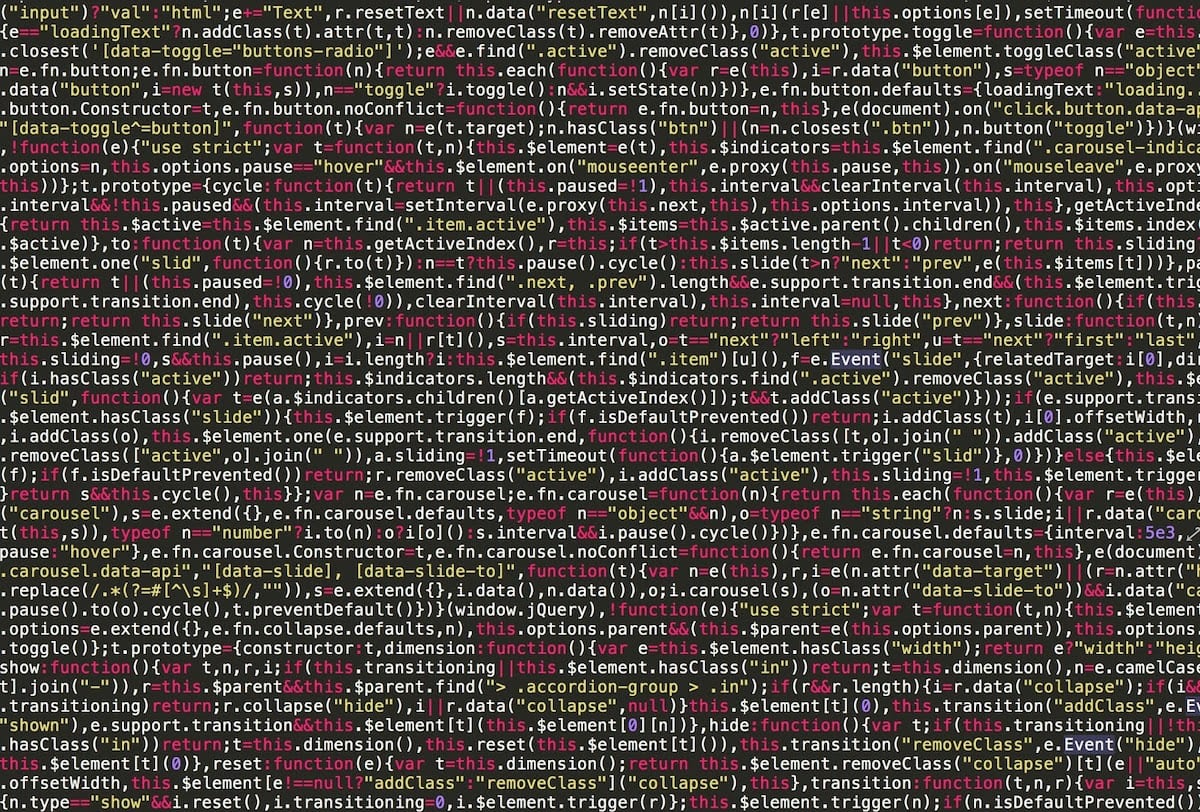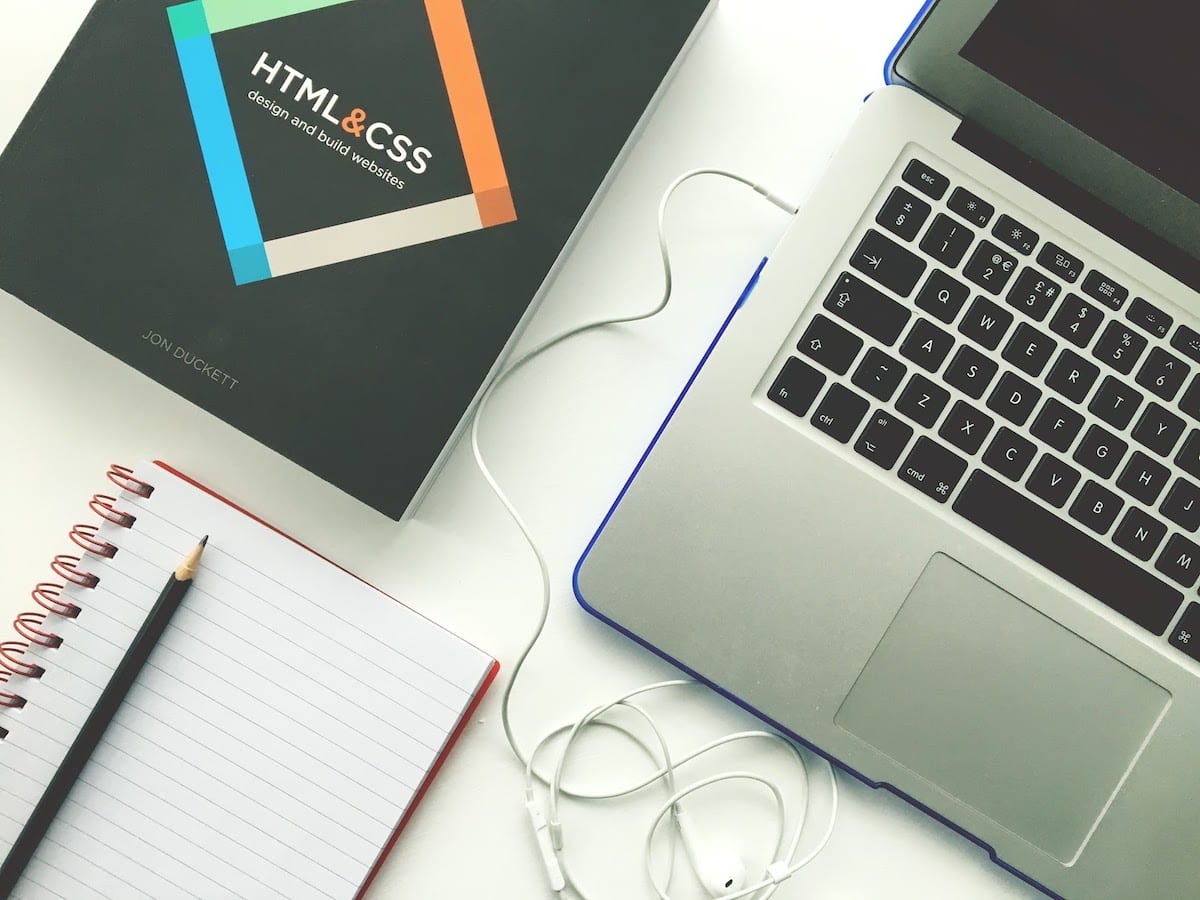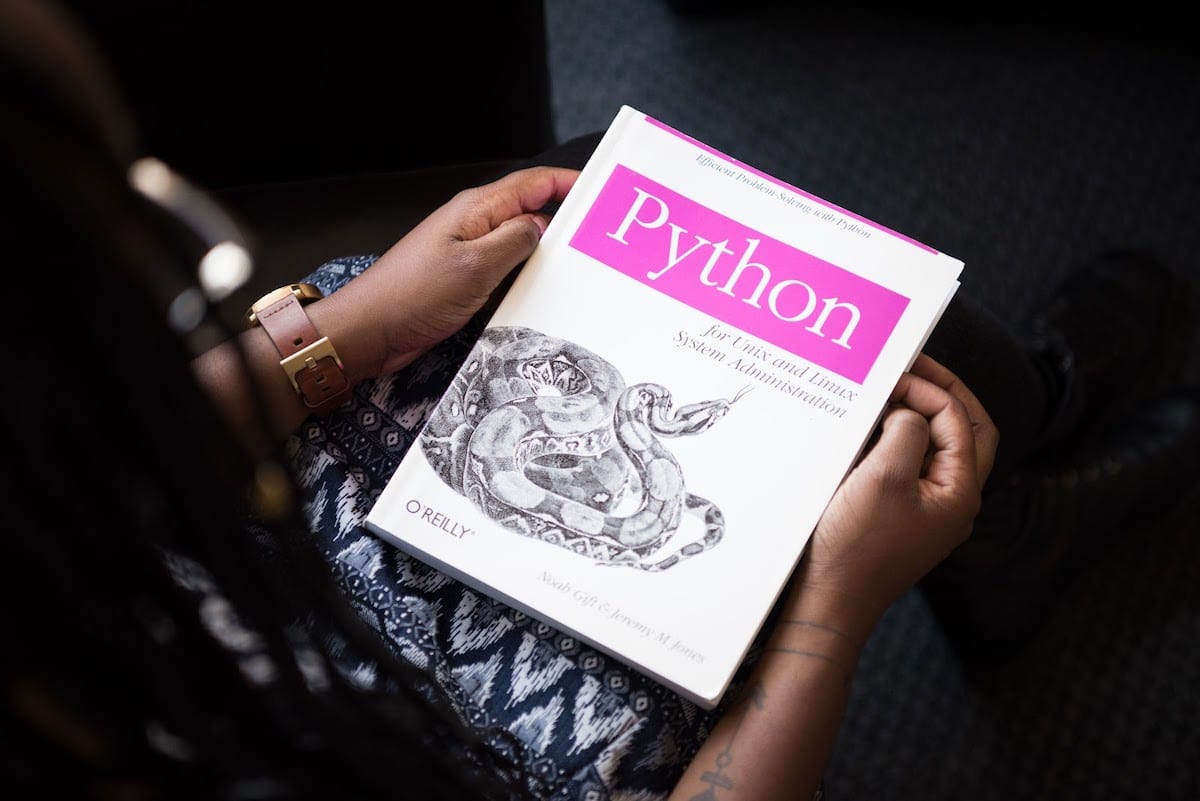If you’re just getting into programming, you might be feeling overwhelmed. Words like ‘syntax’ and ‘packet’ read like a foreign language, and you might be thinking that it’ll take years to wrap your head around everything. We can sympathize; most people feel that way in the beginning. You don’t have to dive in so deep right away. Some programming languages aren’t that difficult to master, so you can get started with a basic coding language first. With a little practice, you’ll start seeing results when you hit ‘Run–’ which will boost your confidence and understanding, getting you ready for the more difficult tasks down the line. Remember, coding isn’t rocket science—it’s a language that you’ll pick up over time, just like learning another language. In this article, we’ll go over a few of our favorite basic coding languages that you can start learning today.

HTML and JavaScript
HTML, or Hypertext Markup Language, is a staple for web development and formatting. It’s simple, logical, and you can learn the basics in minutes. Programmers use HTML format and arrange text on a website. While some don’t consider it a ‘true’ coding language, it’s still enormously useful to learn. At the end of the article, you’ll have an opportunity to try it yourself!
After you master HTML, it’s time to move on to the next language. These two languages are in the same category because they’re used so closely together. Developers write JavaScript into existing HTML pages to add useful and interactive features. JavaScript is a client-side scripting language, meaning that your browser decodes it. Developers use this code to build basic online applications like calculators and moving objects.

Python
While graduating from JavaScript to Python may seem like a huge jump, it’s still a great next step. This programming language is an ideal bridge between the basic and complex. Developers use Python for both web and desktop applications, so it’s a great platform to master. Once you familiarize yourself with the fundamentals of coding, it won’t be too difficult to move on to this language. Like JavaScript, Python is a dynamic language, which means it’s less rigid and more comfortable to work with. It’s highly flexible, so you can use it for the most basic tasks and increase the complexity as you learn. If you master Python, you’ll have the ability to code entire software programs in one language!

Ruby
Like Python, Ruby is a multi-purpose dynamic coding language. It excels in web development because of the excellent ‘Ruby on Rails’ platform, which allows developers to design and manage separate website features easily. Because HTML and JavaScript are also primarily used online, Ruby is an option if you’re focused on web development. Because of its dynamic typing features, it should be manageable as a beginner. At the end of the day, Ruby and Python are both excellent choices for beginners, and you can opt to learn both.

Basic HTML Practice
As promised, here’s a short tutorial on HTML formatting. The fundamental purpose of coding is to instruct a computer what to do. In this section, you’ll learn how to change the style of text in a document. First, we’ll show you how to make a sentence bold.
To begin, open this link to the HTML editor in another tab. Your test area will look like this:
<!DOCTYPE html>
<html>
<head>
<title>Page Title</title>
</head>
<body>
<h1>My First Heading</h1>
<p>My first paragraph.</p>
</body>
</html>For the sake of this demonstration, we’ll have you delete what’s already on the page. To get started, simply follow the steps below and give it a try. When you’re finished typing, hit the big green ‘Run’ button and check for the results in the right-hand box.
First, write out a word, sentence, or short passage, and pick any area to make bold.
In HTML, the element for bold text is the word ‘strong’ and is written like this:
<strong>
Write this immediately before the text you intend to embolden. Now, you can’t just leave it like that—you’ve issued an instruction to the machine so you have to tell it when to stop. Immediately after the word (or words) you want to make bold, write this:
</strong>
The slash before the word instructs the machine to end the command. The finished product should look like this:
<strong>This is how to make a passage bold.</strong>
Now, click the ‘Run’ button and see what happens! If your text is bold, you’re on the right track. The same principle applies to italics; you’ll use the letter ‘i’ instead, like this:
<i>This text is italicized!</i>
If it’s working, great job! If not, copy and paste our examples and click ‘Run’ to identify what you may have done differently.
It’s also possible to combine elements, such as bold and italics. Write it out like this:
<strong><i>These elements are combined.</i></strong>
See, doesn’t that make sense? It’s fun to press the green button and watch something happen. Keep in mind, this example is a simple example of a basic coding language. Coding will get more challenging, but you’ve just proven that you can do it. Now that you’ve taken step one, you can start learning how to code like the professionals. Take our 21-day challenge to see if a career in coding could be in your future. Until then, congratulations on your first successful programming attempt!
About us: Career Karma is a platform designed to help job seekers find, research, and connect with job training programs to advance their careers. Learn about the CK publication.



